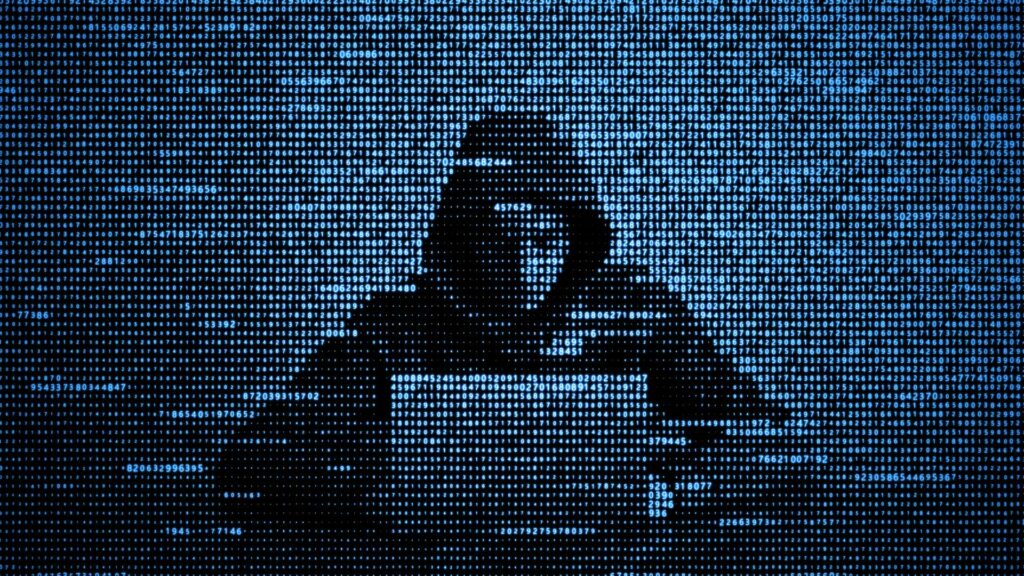As technology advances, cybercriminals are developing new tactics to take advantage of the vulnerabilities that are created. Cybersecurity attacks are growing in number and becoming more sophisticated. This has caused cybersecurity experts to begin shifting their focus from traditional security measures to creating ways for businesses and individuals to combat the increasing number of attack vectors.
The expansion of attack vectors can be attributed to:
- Increased Use of Internet of Things: The Internet of Things (IoT) is the concept of having every object that requires electricity connected to an IP network. This includes home appliances, mobile devices, manufacturing equipment and even automobiles. This allows for objects to be controlled remotely whether it is via a mobile application or another device on the network. Cybercriminals are able to use this connectivity to take advantage of existing vulnerabilities in the code to gain access. With more devices being added to the consumer market, cybercriminals are able to infect these objects without users even noticing.
- Increased Adoption of the Cloud: The cloud is a network of storage, servers and other resources that are accessible from anywhere in the world. It allows corporations to be able to access information remotely and in real time instead of having to wait for downloads or updates. Cloud applications can store vast amounts of information including personally identifiable information (PII) which cybercriminals can take advantage of if it is not properly secured.
- Digital Transformation: There are significant changes taking place in the way companies do business. This is because of the digitization of assets that were once physical. Examples of this digital transformation include the digitization of documents, voice, video and image content. Cybercriminals are able to access these types of data through the Internet, often resulting in massive breaches – especially when they are poorly secured.
- Work from Home Model: This is the practice of employers allowing their employees to work from home. These workers typically need to log into a corporate network remotely in order to accomplish their daily tasks. However, if these remote connections are not secure then cybercriminals can gain access into the network using them.
With an expanding attack surface comes cybercrime. According to an FBI report, cyberattacks have skyrocketed by over 400% since the start of the pandemic, making it imperative to identify and deflate cyberthreats for the health and future of your business.
Growing Cybersecurity Risks
Cybersecurity risks are currently growing in 4 key areas:
- Targeted Ransomware Attack: Ransomware is a form of malware that blocks users from accessing their device unless they pay the hacker a certain amount. Hackers will typically demand this ransom in Bitcoin, making it difficult to trace them once they have received payment because the transactions are irreversible.
- Phishing Attacks: Phishing is a type of cyberattack that takes advantage of human curiosity. Hackers will send fake emails to employees impersonating their company’s CEO or CFO, for example, asking them to click on a link and fill out what seems like legitimate information. If the employee does fall victim to the attack and send back this PII then it can be used for finance fraud or identity theft.
- Insider Cybersecurity Threats: This type of cyberattack is very common and often goes undiscovered for years because the perpetrator works within the business. Insider threats don’t always have to be malicious. Human error or negligence can cause data loss too.
- Fileless Attacks: Fileless attacks are cyberattacks that use scripts and software tools to infiltrate devices. Hackers will often take advantage of open source applications to execute their payloads, thus evading detection because these attackers do not have to download a file or application onto the victim’s device. Because this type of cyberattack has only recently become prominent, businesses must adjust their cybersecurity to be able to detect it.
How to Stay Protected Against Cybersecurity Threats
While cyberattacks are evolving, cybersecurity must do the same in order to stay one step ahead of these criminals. However, this can be expensive and time consuming – especially if you don’t know where to start. There are ways to protect your business before a cyberattack occurs without breaking the bank or taking away from other areas of the company.
As your local Salt Lake City Managed IT Company, we suggest your Utah business implements the following six things in order to strengthen your cybersecurity:
- Keep your systems up to date and patched. Cybercriminals can take advantage of vulnerabilities in your operating systems and software. Regularly updating your systems will reduce your risk of having your systems breached because of a whole in your security. Because they’re so important, updates and patching should be on a rigid schedule. That means it’s best to didn’t time and resources for the task. An MSP will be able to do this for you.
- Backup your systems and data: Recover faster and increase your chances of coming out unscathed from a cyber attack by regularly backing up your systems and all your data. Having a backup and disaster recovery plan will ensure you are able to respond effectively when your back is up against the wall.
- Use antivirus and antimalware: Secure your systems by deploying advanced antivirus and antimalware solutions that provide endpoint detection and response (EDR). An MSP will be able to show you which solution is right for you.
- Make sure all your devices have security tools: You’ll want to be sure all your devices use a local firewall, DNS filtering, malware protection, multi factor authentication (MFA) and disk encryption.
- Regularly train your employees on cybersecurity: Phishing accounts for a large percentage of cyber breaches. Your employees are your first line of defense against phishing attacks, but only if they’re trained to spot them. Having the tools and resources necessary to train your workforce is a critical component of any cybersecurity plan.
- Use a VPN for remote access: A virtual private network, or VPN, provides a private connection between your remote employees and your business’s digital assets. This makes it harder for cybercriminals to exploit weak security wherever your employees may be working from.
If your Utah business does not have the resources to tackle these six items, a qualified Managed IT Service provider in Salt Lake City who works with small businesses can help. They will have the resources and experience to help protect your business from the cybersecurity threats we’ve detailed here.


